Dinh Thi Tuyet "revives" old jeans and faded T-shirts into useful, meaningful items.
Amidst the “buy fast - throw away fast” vortex of fast fashion , in Sam Son ward, Dinh Thi Tuyet, born in 2002, is patiently creating a way to go against the current: turning old clothes into unique and sustainable products. In a room smaller than 15 square meters, the Gen Z girl works diligently every day with a sewing machine, surrounded by fabric, scissors, thread, faded jeans or meticulously tailored out-of-date shirts.
No one expected that the eye-catching handbags and fashionable dresses displayed on Tuyet's social networks were "reborn" from old items. Sharing about the opportunity to come to this special job, Tuyet said: "At first, I only received old items from family and friends to remake handbags and dresses. I posted photos on Facebook as a way to save the products, but unexpectedly many people were interested and asked if they could send me items to make."
After just a few weeks, Tuyet received dozens of orders, mainly from young people who shared the same thoughts about recycling and using environmentally friendly products. The first products such as crossbody bags, dresses made from jeans, tote bags made from old shirts... quickly brought in many compliments and new orders.
For Tuyet, “reviving” old clothes is not simply a matter of sewing or designing. Each product sent to customers has its own story. Some people send back their deceased father’s coat, wanting to turn it into a keepsake. Others want their old wedding dress transformed into a gift for their daughter.
When asked about the goal of this job, Tuyet simply said: "I want everyone to see that old clothes are not necessarily trash. If you spend time and effort, they can completely become something useful, beautiful and valuable." However, on this journey, Tuyet also encountered many difficulties. From the lack of suitable materials, simple machinery, to the communication and product promotion stages, she had to figure it out herself.
“Sometimes I receive used items that are so defective, torn, discolored, and almost impossible to remake. But because customers put their trust in me, I still try to find a way to handle them. Sometimes I lose money, working for 1-2 days and only selling a few tens of thousands. But I still want to continue working because of my passion and to spread awareness of environmental protection to everyone," Tuyet confided.
On average, Tuyet receives about 10-15 recycling orders per week, mainly through social networks. This Gen Z friend is also planning to open a class to teach recycling of old items for local students.
More and more young people of the Gen Z generation choose to "live green", from eating, consuming to fashion. Instead of chasing after branded goods, many people are willing to wear old clothes, hunt for "second hand" items or choose handmade recycled products. On tiktok, instagram or facebook, it is easy to come across videos with the titles "Recycle old clothes into hot trends", "DIY from old jeans", "Refashion outfit"... attracting millions of views. That shows that the need to change fashion thinking is gradually forming, especially in the young community. However, for this movement to truly spread and create strong changes, it still needs a lot of support from the media, education , to policies to promote green startups and green innovation. The transformation of fashion does not come from brightly lit catwalks, but can start from a small room, a few meters of old fabric and a young heart that longs for change like Tuyet.
Fashion - an industry known as flashy and luxurious, not only costs billions of dollars each year but is also one of the leading "culprits" causing environmental pollution. Therefore, in the context of the living environment being seriously threatened, small actions such as recycling old clothes by Dinh Thi Tuyet are contributing to creating a positive effect.
Article and photos: Phuong Do
Source: https://baothanhhoa.vn/gen-z-tai-sinh-quan-ao-cu-258846.htm





![[Photo] President Luong Cuong receives delegation of the Youth Committee of the Liberal Democratic Party of Japan](https://vphoto.vietnam.vn/thumb/1200x675/vietnam/resource/IMAGE/2025/8/22/2632d7f5cf4f4a8e90ce5f5e1989194a)
![[Photo] Prime Minister Pham Minh Chinh chairs the conference to review the 2024-2025 school year and deploy tasks for the 2025-2026 school year.](https://vphoto.vietnam.vn/thumb/1200x675/vietnam/resource/IMAGE/2025/8/22/2ca5ed79ce6a46a1ac7706a42cefafae)



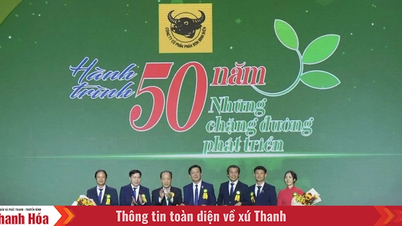
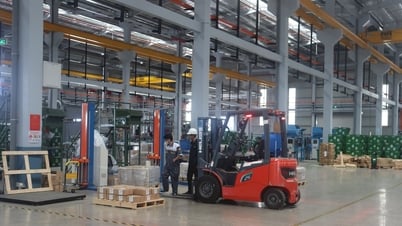











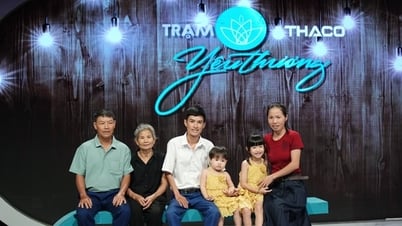



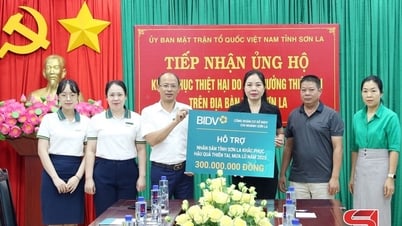





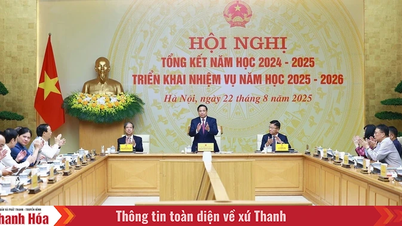

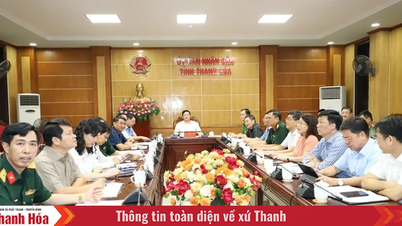
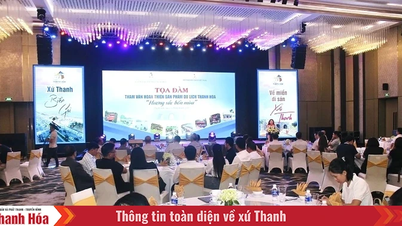

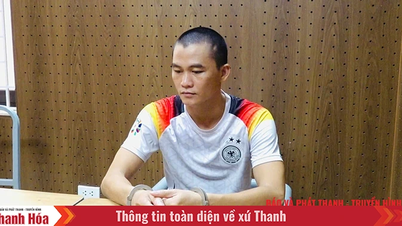








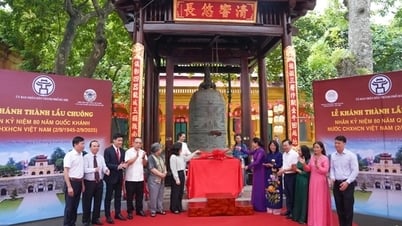

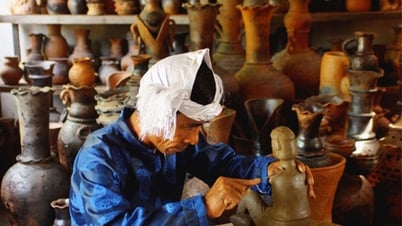


















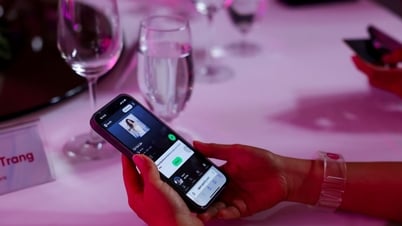







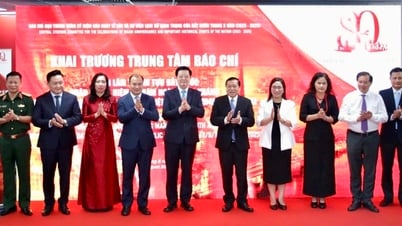

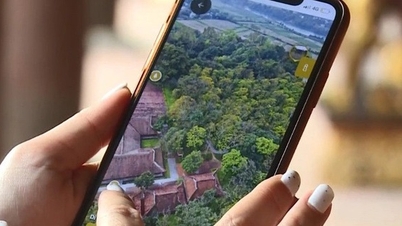








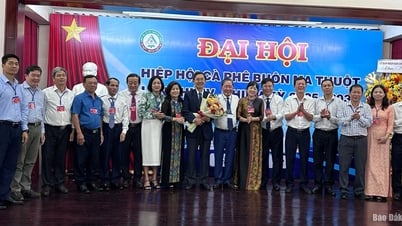
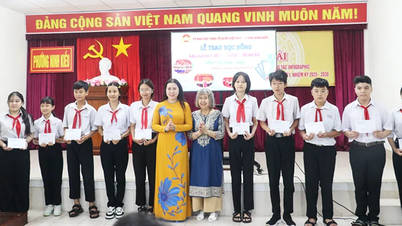


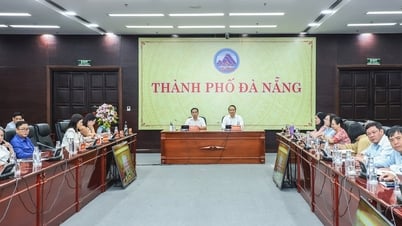







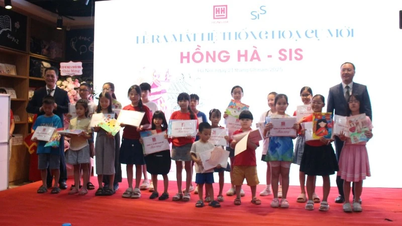




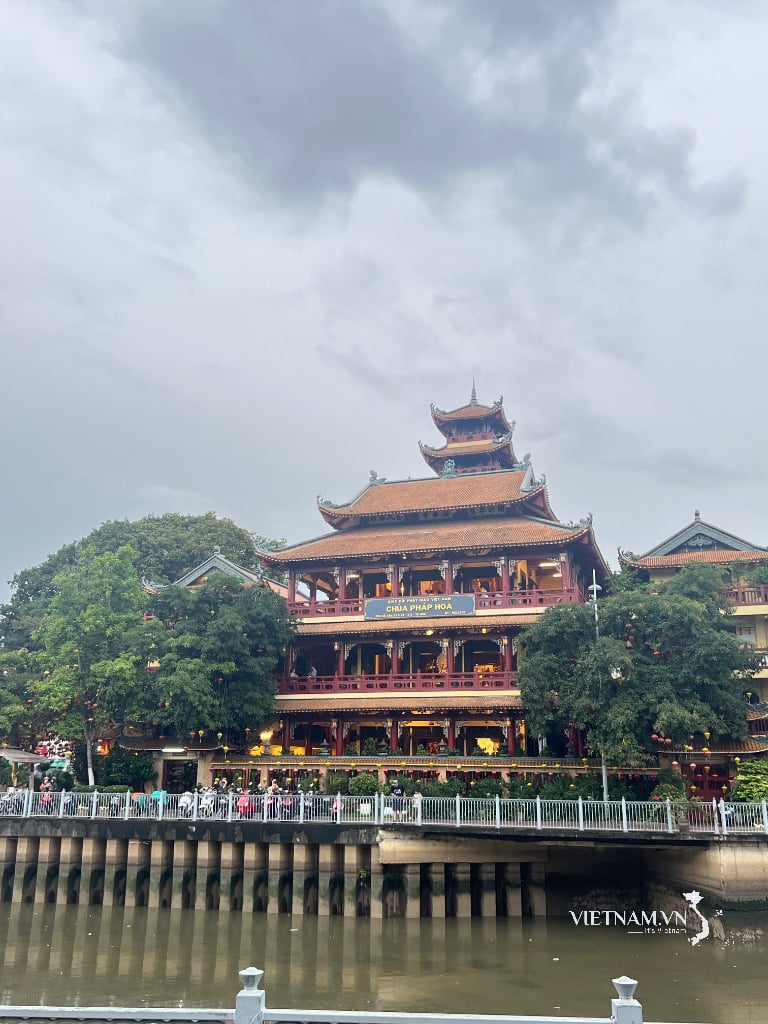



Comment (0)